Increased Focus on Vehicle Safety and Stability
The Limited Slip Differential Market is also shaped by an increased focus on vehicle safety and stability. As regulatory bodies and consumers alike prioritize safety features, the demand for limited slip differentials is expected to rise. These components play a crucial role in enhancing vehicle stability, particularly during cornering and in slippery conditions. The integration of limited slip differentials in various vehicle types, including SUVs and trucks, is becoming more common as manufacturers aim to meet safety standards. According to industry reports, the market for safety features in vehicles is projected to grow at a CAGR of 6.5% through 2027. This trend indicates a strong correlation between safety enhancements and the adoption of limited slip differentials. Consequently, the Limited Slip Differential Market is likely to expand as manufacturers increasingly incorporate these systems to improve overall vehicle safety.
Rising Popularity of Performance-Oriented Vehicles
The Limited Slip Differential Market is significantly influenced by the rising popularity of performance-oriented vehicles. As consumers increasingly seek enhanced driving experiences, manufacturers are responding by equipping vehicles with advanced limited slip differentials. These components are essential for improving traction and handling, particularly in high-performance cars and sports vehicles. The market for performance vehicles has seen a notable increase, with sales projected to grow at a compound annual growth rate (CAGR) of 5.2% over the next five years. This trend is driven by a consumer preference for vehicles that offer superior acceleration and cornering capabilities. As a result, the demand for limited slip differentials is expected to rise, further solidifying their role in the automotive industry. The Limited Slip Differential Market is thus likely to benefit from this growing segment, as manufacturers prioritize performance enhancements.
Growing Demand for Off-Road and All-Terrain Vehicles
The Limited Slip Differential Market is witnessing growth driven by the increasing demand for off-road and all-terrain vehicles. As outdoor recreational activities gain popularity, consumers are seeking vehicles that can perform well in diverse terrains. Limited slip differentials are essential for off-road capabilities, providing improved traction and control on uneven surfaces. The market for off-road vehicles is projected to grow significantly, with an expected CAGR of 7.0% over the next five years. This growth is attributed to a rising interest in adventure sports and outdoor activities, prompting manufacturers to enhance their offerings. As a result, the Limited Slip Differential Market is likely to benefit from this trend, as more off-road vehicles are equipped with advanced differential systems to meet consumer expectations.
Technological Advancements in Automotive Engineering
The Limited Slip Differential Market is experiencing a surge in demand due to rapid technological advancements in automotive engineering. Innovations such as electronic limited slip differentials (eLSD) are enhancing vehicle performance and safety. These systems provide better traction control and stability, particularly in adverse weather conditions. As manufacturers increasingly adopt advanced materials and manufacturing techniques, the efficiency and reliability of limited slip differentials improve. The integration of smart technologies, including sensors and control systems, allows for real-time adjustments, further optimizing performance. This trend is reflected in the growing market size, which is projected to reach USD 2.5 billion by 2026, indicating a robust growth trajectory. Consequently, the Limited Slip Differential Market is poised for significant expansion as these technologies become standard in modern vehicles.
Impact of Environmental Regulations on Automotive Design
The Limited Slip Differential Market is also influenced by the impact of environmental regulations on automotive design. As governments implement stricter emissions standards, manufacturers are compelled to innovate and improve vehicle efficiency. Limited slip differentials contribute to better fuel economy by optimizing power distribution to the wheels, thereby reducing energy loss. This aspect is becoming increasingly important as consumers and regulators alike emphasize sustainability. The market for fuel-efficient vehicles is projected to grow at a CAGR of 4.8% through 2026, reflecting a shift towards greener automotive technologies. Consequently, the Limited Slip Differential Market is likely to see increased adoption of these systems as manufacturers strive to comply with environmental regulations while enhancing vehicle performance.


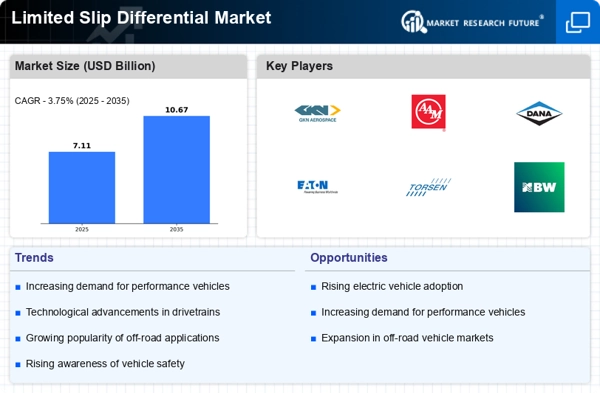
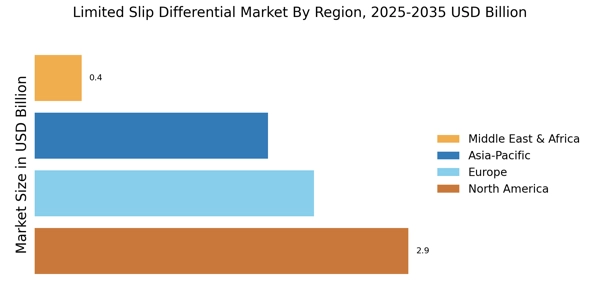
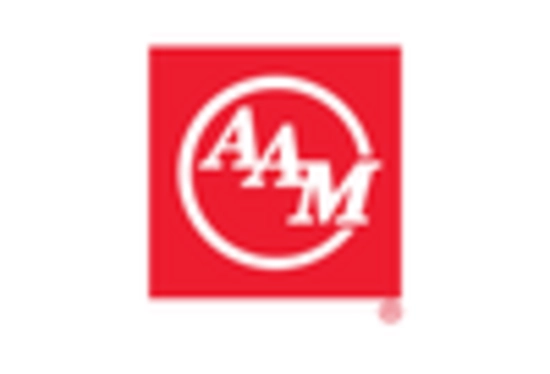

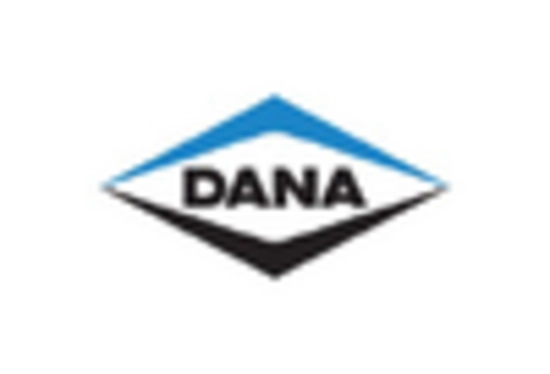

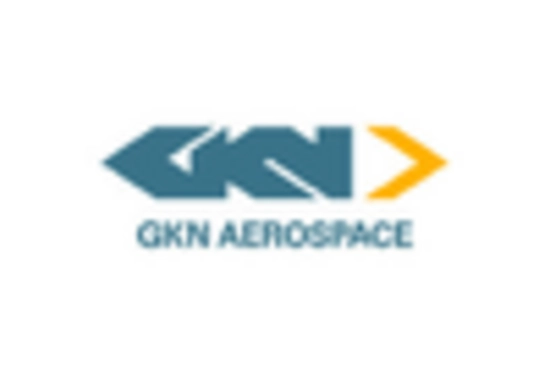
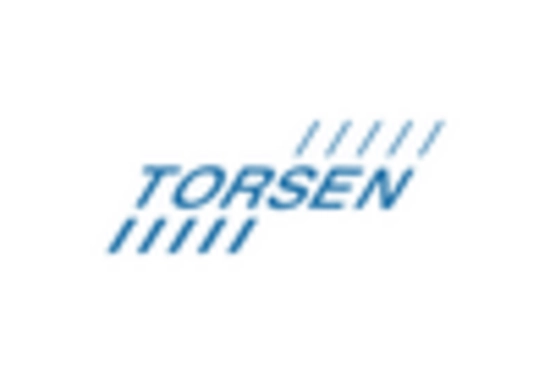








Leave a Comment